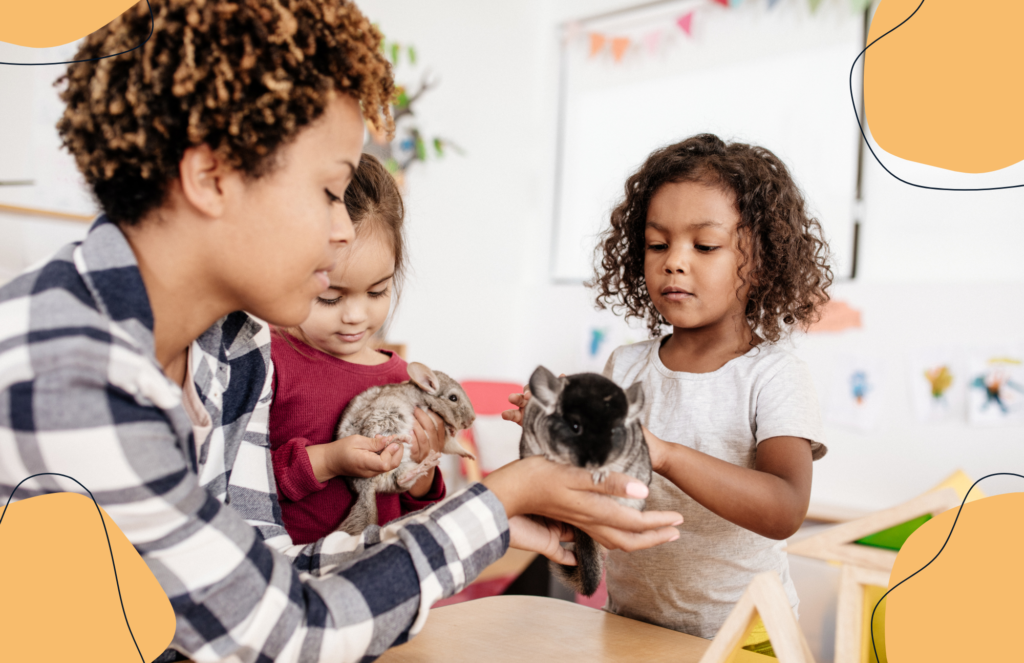Your cart is currently empty!

CDA Resources
As preschool teachers, we play a vital role in shaping children’s early social and emotional skills. These skills—like recognizing emotions, making friends, and managing conflicts—are the foundation for future success in school and life. By creating a nurturing and supportive environment, we can help young learners build strong relationships, develop self-regulation, and gain confidence in expressing their feelings.
In this blog, we’ll explore practical strategies to foster social and emotional growth in preschoolers and create a classroom that encourages kindness, empathy, and resilience.
Why Social and Emotional Development Matters
Social and emotional development helps children:
✅ Understand and express their emotions
✅ Develop friendships and positive relationships
✅ Manage frustration and self-regulate behavior
✅ Show empathy and care for others
✅ Gain confidence in problem-solving and decision-making
When children develop these skills in early childhood, they are better prepared for kindergarten and beyond. Research shows that children with strong social-emotional skills are more likely to succeed academically and have better long-term mental health.
Strategies to Support Social and Emotional Development
1. Create a Warm and Supportive Classroom Environment
Children thrive in environments where they feel safe and valued. Greet each child warmly, encourage positive interactions, and model respectful communication. A predictable routine with clear expectations helps children feel secure and ready to learn.
2. Teach Emotional Literacy
Help children recognize and label their emotions by using books, songs, and visual aids. Introduce an “Emotion Chart” where children can point to how they’re feeling each day. Ask open-ended questions like, “How does that make you feel?” or “What can we do when we feel sad?”
📖 Great Books for Teaching Emotions:
- The Feelings Book by Todd Parr
- When Sophie Gets Angry—Really, Really Angry by Molly Bang
- How Do Dinosaurs Say I’m Mad? by Jane Yolen & Mark Teague
3. Encourage Positive Peer Interactions
Preschoolers are still learning how to share, take turns, and work together. Encourage cooperative play by providing group activities like building block towers, dramatic play, and team art projects. Praise children when they use kind words and problem-solving skills with their peers.
4. Model and Teach Self-Regulation Skills
Young children often struggle with impulse control and frustration. Teach calming techniques like deep breathing, counting to ten, or squeezing a stress ball. A “Calm Corner” in the classroom can give children a safe space to take a break and practice self-soothing strategies.
5. Role-Play Social Scenarios
Use puppets or role-playing games to help children practice problem-solving and conflict resolution. Act out situations like sharing toys, asking a friend to play, or saying “I’m sorry.” Give children the words and strategies they need to navigate social situations successfully.
6. Foster Empathy and Kindness
Encourage acts of kindness in the classroom by creating a “Kindness Jar” where children add notes when they see a friend being helpful or caring. Read books about kindness, discuss feelings, and celebrate moments when children support each other.
Activity Idea: Have a “Feelings Check-In” during morning circle time where children share something that made them happy or a time when they helped a friend.
7. Partner with Families
Social-emotional development doesn’t stop at school! Share strategies with families to encourage emotional growth at home. Suggest books, games, and activities that reinforce skills like sharing, patience, and understanding emotions.
Final Thoughts
Social and emotional development is just as important as academic learning in preschool. By providing a caring, structured, and emotionally supportive classroom, we set children up for success not just in school, but in life. As teachers, we have the power to shape a generation of kind, resilient, and emotionally intelligent individuals.
What are your favorite ways to support social and emotional learning in your classroom? Share your thoughts in the comments!
